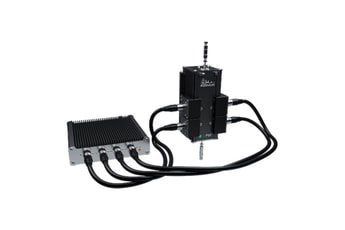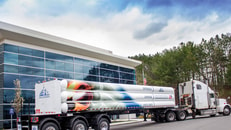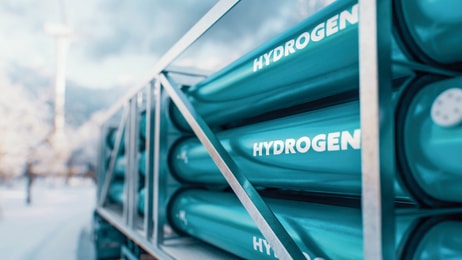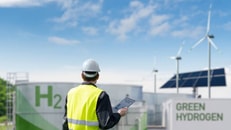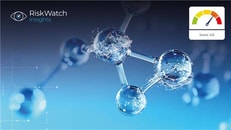Fuel grade hydrogen: Trace-level measurement of sulfur-based compounds
In 2016, the US Department of Energy identified key contaminants in hydrogen that can affect the components of fuel cells and significantly reduce their efficiency and durability: carbon monoxide (CO), ammonia (NH3), methane (CH4), inert gases (nitrogen, noble gases) and sulfur (S) species.
Although the Enhanced plasma discharge (Epd) technology can be used to detect all these contaminants, this article will mostly focus on the detection of sulfur-based compounds[1]. The measurement of ultra-trace level sulfur-based compounds in hydrogen is of utmost importance, as very low amounts of these molecules can be irreversibly adsorbed on the surface of the electrodes and cause permanent degradation[2].
These compounds include hydrogen sulfide (H2S), carbon disulfide (CS2) and mercaptans (R-SH, R-S-R). The current standard for hydrogen fuel quality (ISO FDIS 14687-2) limits the total sulfur compounds concentration to 4 ppb (parts-per-billion).
... to continue reading you must be subscribed


